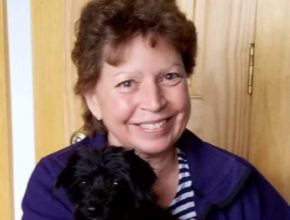Does everyone have dreams? I often wonder if there are people who never dream. Upon writing these questions, I decided that research was in order. I seem to dream every night. And, guess what I found?
“Adults and babies alike dream for around two hours per night—even if they don’t remember it upon waking. In fact, researchers have found that people usually have several dreams each night, each one typically lasting for between five to 20 minutes.” National Institute of Neurological Disorders. Brain basics: Understanding sleep.
As for me, sometimes when I get up to go to the bathroom and get back into bed, I can slip right back into where it left off. However I rarely remember them after I awake. But when it’s a horrible one I can be emotional and carry the feeling with me long after I awake.
The ones I treasure are those with my loved ones who have passed on from this life. Often they are wordless, but they are communicated through thoughts and feelings between us. Afterward, I wake up feeling the love that stays with me always. They are treasured gifts to be opened up again and again and remembered.
My husband once had a dream as a kid where someone was fighting with him and he kicked the wall. And then there are recurring dreams. Other ones can be like puzzles that can’t be solved.
I know that there are people who are good at analyzing dreams. And there are special groups where people discuss them. I have dreams that I don’t want to wake up from. But then, when I do remember them they just don’t always make any sense to me.
It all reminds me of the song by the Everly Brothers: “All I Have To Do Is Dream.” I love that song. And all I have to say for myself is that I look forward to dreaming. Mine are mostly pleasant, but mainly, they are just so darn interesting!
